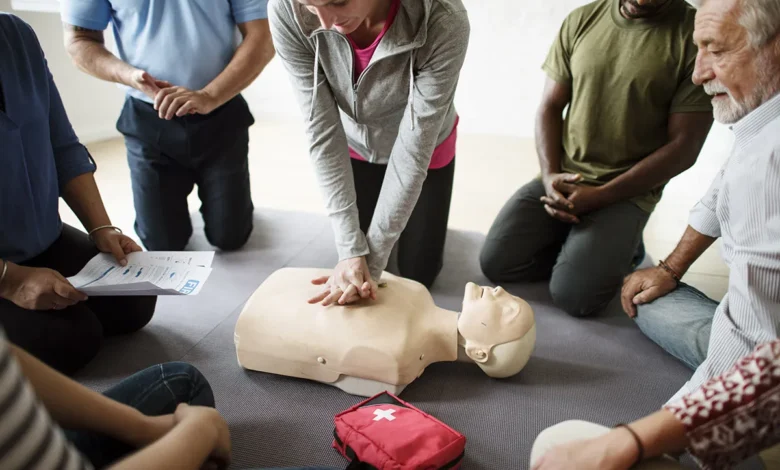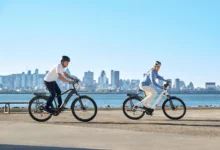Simple CPR and First Aid Tips Everyone Should Know

Why quick action saves lives
When someone suddenly stops breathing or collapses, every second matters. Many emergencies happen at home or at work. You may be the first person there. Knowing a few clear steps can help you stay calm and act fast. This guide shares simple tips so you can help until professionals arrive. It fits the same plain, educational style you see on first aid and safety resources. It is written for anyone who wants clear steps and short checklists.
Learning these basics does not replace full training. Practice and refreshers help you do the right thing when stress is high. You can explore more lessons at MyCPR NOW for step by step learning and helpful articles.
Spotting an emergency quickly
Look for signs that a person needs help right away.
- They are not responding when you tap and speak loudly
- They are not breathing, or only gasping
- Their chest is not rising and there is no normal breath
- You do not feel safe where they are lying
If the area is unsafe, move the person only if you must. Your safety comes first.
Call first, then act
Getting help fast is the most important step.
- Point to someone and say, “Call emergency services now.”
- If you are alone with an adult, call first, then start care.
- Put the phone on speaker so you can listen to instructions.
Share what you see. Say if the person is not breathing, gasping, or turning blue. Stay on the line until help tells you to hang up.
Hands only chest compressions
Chest compressions keep blood moving to the brain and heart. You can do them even without formal training.
- Put the person on their back on a firm, flat surface
- Place the heel of one hand in the center of the chest
- Put your other hand on top and lock your elbows
- Push hard and fast, about 100 to 120 pushes per minute
- Let the chest rise fully after each push
- Do not stop until help takes over or the person wakes up
Tips to keep the right pace:
- Think of a steady beat you know to keep your rhythm
- Count out loud to stay focused
- Switch with a helper every 2 minutes if you can
When to add rescue breaths
If you are trained and willing, you can add breaths. If not, keep doing compressions.
- After 30 compressions, open the airway by tilting the head back and lifting the chin
- Pinch the nose, make a seal over the mouth, and give 1 breath that makes the chest rise
- Give a second breath, then return to compressions
For a child or infant, you may start with breaths if you are trained. Use gentler puffs for small chests. If you are unsure, keep doing compressions. Good compressions are better than waiting.
Using an AED with confidence
An AED is a small device that checks the heart and may give a safe shock. It guides you with voice steps.
- Send a helper to bring the device while you start compressions
- Open the AED and turn it on right away
- Expose the chest and attach the pads as shown on the pictures
- Make sure no one is touching the person when the AED says to analyze
- If it says “shock,” stand clear and press the button
- Start compressions again as soon as the AED tells you
Keep the AED on until professionals arrive. The device will lead you through the next steps.
Common mistakes to avoid
Little changes make a big difference. Try to avoid these errors.
- Pressing too softly or too slowly
- Taking long breaks between sets
- Not letting the chest rise fully
- Forgetting to call for help early
- Stopping because you feel tired without switching helpers
If you slip up, do not panic. Refocus and continue. Some help is better than no help at all.
First aid basics that pair with CPR
Emergencies often include other problems. Here are simple add ons you can use.
- Severe bleeding
- Press firmly with a clean cloth
- Keep pressure steady until help arrives
- Choking
- Ask, “Are you choking?”
- If they cannot speak or cough, give quick thrusts above the belly button
- Burns
- Cool with clean, cool water for several minutes
- Do not use ice or greasy creams
- Allergic reaction
- If they have an auto injector, help them use it
- Call for help and watch their breathing
A small, stocked kit helps you act fast. Keep gloves, gauze, adhesive bandages, tape, a face shield, and a cold pack in easy reach.





